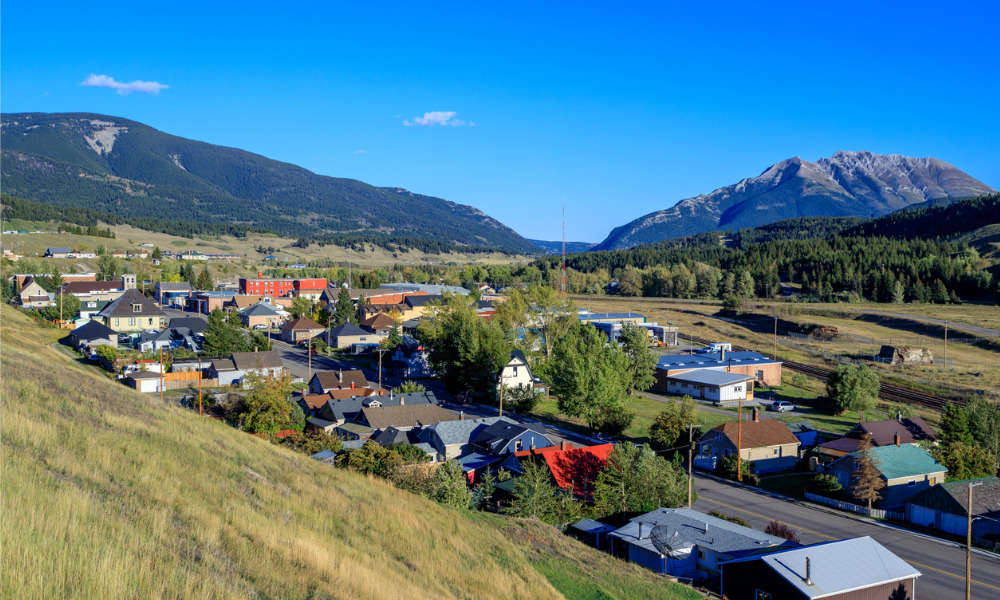These communities also face a lack of appropriate services and support

A report by the Rural Development Network (RDN), the 2023 Housing and Service Needs Estimation, showed that women, 2SLGBTQIA+, and Indigenous people had a higher risk of housing insecurity in rural Alberta compared to other groups, as reported by The Canadian Press.
“The data coming out of the 2023 provincial estimation are highlighting some very concerning trends,” said Emma Wallace, project manager of community development and homelessness estimations at RDN.
Respondents who were part of the 2SLGBTQIA+ (93%) and Indigenous (91%) communities said that they experienced housing insecurity. Women were also found to be 1.4 times more likely to experience housing insecurity than men.
The report also said that marginalized groups lacked appropriate services and support because of fewer resources. It also found that people who experienced housing insecurity also reportedly felt feelings of judgement as well as discrimination and racism in their community.
The problem of housing insecurity in rural Alberta
The report found that the top three reasons for housing insecurity among respondents were low wages, inability to afford rent or mortgage payments, and rising rent costs. Shelters and service programs in rural Alberta also said that money was a problem for them.
Sydney Stenekes, director of homelessness initiatives at RDN, stated that while housing insecurity was said to be much more noticeable in cities, there was evidence that rates of homelessness were even higher in rural areas. However, even if that was the case, majority of the funding that tackled homelessness were directed to the seven cities.
“Last year, there was no actual homelessness funding earmarked for rural, remote, and Indigenous communities in Alberta from the provincial government. Without funding, appropriate services and housing options ultimately can't be offered in some of these communities,” said Stenekes.
As most of the funding for rural homelessness initiatives in the province came from the Reaching Home Program, a federal strategy that aimed to reduce and prevent homelessness throughout Canada, Stenekes asserted that the government should provide more funding for rural areas.
“Considering that we're serving approximately 34-35% of Alberta's population, the funding that we get in comparison to the urban centres is minuscule,” she said.
Randy Boissonnault, the minister of employment, workforce development and official languages, had released a statement saying that the government will be looking into the data provided by the RDN.
"The data provided by the Rural Development Network in the 2023 Alberta Housing and Services Needs Estimation will help us make targeted decisions to address housing insecurities and other aspects of homelessness in Alberta. We will continue to work with partners to help create safe, stable, and affordable housing throughout Alberta and across Canada,” he said.
In order to gather the data for the report, RDN partnered with 21 communities to conduct a survey throughout the province including Lac La Biche, Bonnyville, Barrhead, and Athabasca.



